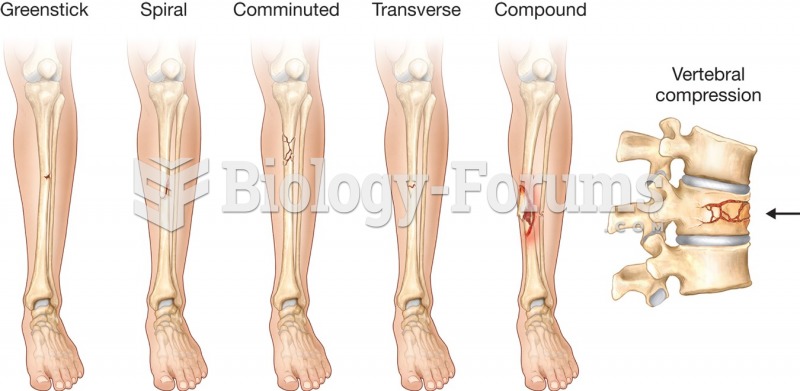Answer to Question 1
Answer: There are many barriers to communication, and they can occur at any point in the communication process. The reason is to be aware of them so that you can anticipate them and hopefully avoid them as much as possible. Or if it is not possible to avoid them, to deal with the glitch as effectively as possible and get the communication back on track. In some situations this is more obvious than others. If, for example, you are communicating with someone who speaks another language, you will need an interpreter and be very aware of and sensitive to communicating as clearly as possible. But other barriers are less obvious, like using idiomatic expressions that can be misunderstood. Saying you are late for the meeting because you were held up can be construed to mean that you were robbed, while you only meant to say that you were delayed. Being aware of such expressions and avoiding them in favor of others that are less ambiguous is a good idea. Also, paying attention to the body language you are using can help avoid sending mixed messages. If you say you're excited to be part of a new project team, but keep fidgeting during the meeting and looking at the clock, your body language is giving the opposite impression of your spoken words.
Answer to Question 2
Answer: Students' answers may vary. For a small business such as hers, Kaylin would not be in a position to advertise her business in traditional media outlets, so she would need to communicate to her potential customers directly to let them know about her services. She would have to communicate clearly what she was providing and what steps customers would need to take to order from her. Social media like Facebook and Twitter would be useful tools, but some of her target audience (parents, grandparents, etc.) might not be familiar or comfortable with these means of communication. In cases where the family and friends of the student were non-native English speakers, she might also face language barriers. Additionally, she would have to communicate clearly and carefully, to avoid ambiguous language and semantic barriers. She would have to be strategic, professional, and adaptable in her communications in order to be successful in this venture.







